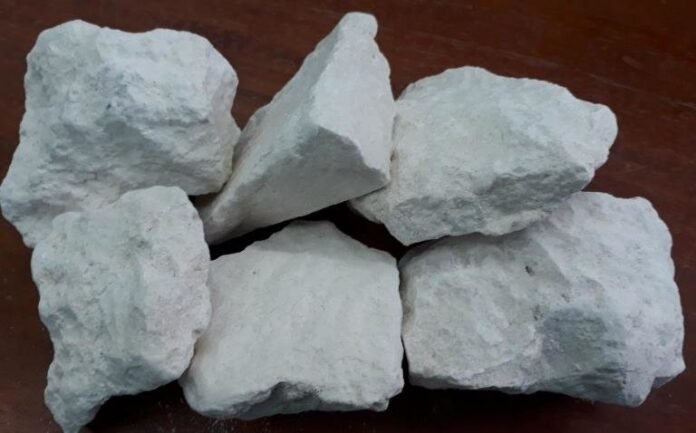Calcium carbonate is a widely used mineral compound in various industries, valued for its versatility and beneficial properties. Here, we explore the differences between standard calcium carbonate powder and its activated forms, providing insights into their applications and advantages.
What is Calcium Carbonate?
Calcium carbonate is a naturally occurring mineral compound, primarily found in limestone, marble, and chalk. It is widely used in industries ranging from pharmaceuticals to food production due to its ability to provide calcium enrichment and act as a buffering agent.
Understanding Calcium Carbonate Powder
Calcium carbonate powder, in its basic form, is ground from natural sources like limestone. It is known for its high calcium content and is commonly used as a dietary supplement to support bone health and as an additive in the production of ceramics and paints.
Activated Calcium Carbonate: Exploring Enhanced Forms
Activated calcium carbonate undergoes additional processing to alter its physical and chemical properties, enhancing its effectiveness in specific applications. This activation process typically involves treatments to increase surface area, modify particle size, or improve binding characteristics.
Comparative Analysis: Key Differences
- Particle Size and Surface Area: Activated calcium carbonate often has a smaller particle size and increased surface area compared to standard powder. This alteration improves its dispersibility and absorption properties in applications such as pharmaceuticals and plastics.
- Chemical Reactivity: Standard calcium carbonate exhibits basic chemical properties, whereas activated forms may be chemically treated to alter their reactivity. This modification allows activated forms to act as better fillers and functional additives in diverse industrial processes.
- Application Specificity: While calcium carbonate powder is versatile and widely used in various industries, activated forms are tailored for specific applications. For instance, in the food and beverage industry, activated calcium carbonate may be preferred for its improved absorption and texture-modifying capabilities.
Applications in Industries
- Pharmaceuticals: Activated calcium carbonate is utilized in pharmaceutical formulations where controlled release and enhanced bioavailability are crucial.
- Plastics and Polymers: Its improved dispersibility and binding properties make activated forms suitable for enhancing the mechanical properties and processing efficiency of plastic products.
- Food and Beverages: Both forms find applications in food as dietary supplements and acidity regulators. Activated forms may offer advantages in terms of texture improvement and nutrient delivery.
Environmental Considerations
Calcium carbonate, whether in its standard or activated form, is generally considered safe and environmentally friendly. It is biodegradable and poses minimal environmental risk during production and disposal.
Conclusion
In conclusion, while standard calcium carbonate powder serves a wide range of industries admirably, activated forms offer enhanced properties that cater to specific industrial needs. Whether you’re looking for improved dispersibility in plastics or enhanced bioavailability in pharmaceuticals, understanding these forms’ differences can guide optimal usage across diverse applications.
By maintaining a clear understanding of these differences, industries can make informed decisions regarding the selection and application of calcium carbonate and its activated forms, ensuring efficiency and effectiveness in their respective fields.



